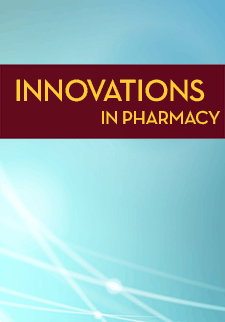How space design and technology can support the Pharmacy Practice Model Initiative through interprofessional collaboration
Lindsay Hahn
Martha Buckner
Georgeann B. Burns
Debbie Gregory
DOI: https://doi.org/10.24926/iip.v5i3.355
Keywords: interprofessional collaboration, clinical outcomes, technology integration, collaborative care, meds at the bedside
Abstract
Purpose: The Pharmacy Practice Model Initiative (PPMI) calls pharmacists to more direct patient care and increased responsibility for medication-related outcomes, as a means of achieving greater safety, improving outcomes and reducing costs. This article acknowledges the value of interprofessional collaboration to the PPMI and identifies the implications of the Initiative for space design and technology, both of which stand to help the Initiative gather additional support.
Summary: The profession of pharmacy has for some time now become increasingly vocal about its desire to take on greater responsibility for patient outcomes. With drug costs representing the largest portion of a hospital's pharmacy budget and reimbursements becoming more contingent on readmission avoidance, the pharmacy's influence on a hospital's bottom line is significant. More importantly, study after study is showing that with greater pharmacist intervention, patient outcomes improve. This article addresses the ways in which developments in the fields of technology and facility design can assist in the deployment of the PPMI.
Conclusion: As the PPMI achieves a critical level of support from inside and outside the pharmacy, and more empirical research emerges regarding the improved outcomes and cost savings of increasing the roles of both clinical pharmacists and pharmacy technicians, the industry sectors of healthcare technology and healthcare design stand ready to assist in the execution of this new model. By encouraging pharmacists, doctors and nurses to work together - and all caregivers to work with facility designers, biomedical engineers and IT specialists, there is the increased likelihood of these fields turning to each other to problem-solve together, all for the ultimate benefit to patients and their families.
Type: Commentary


